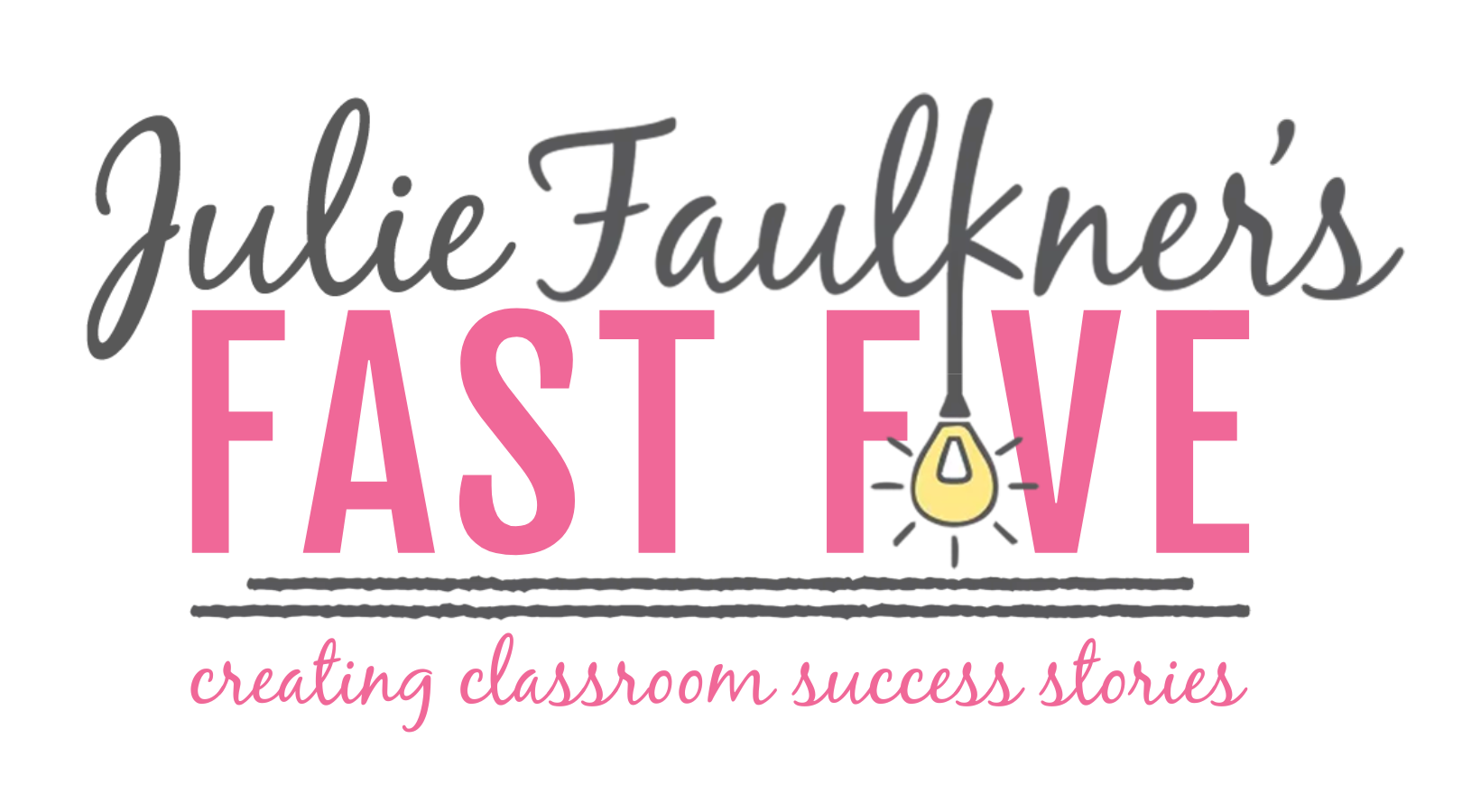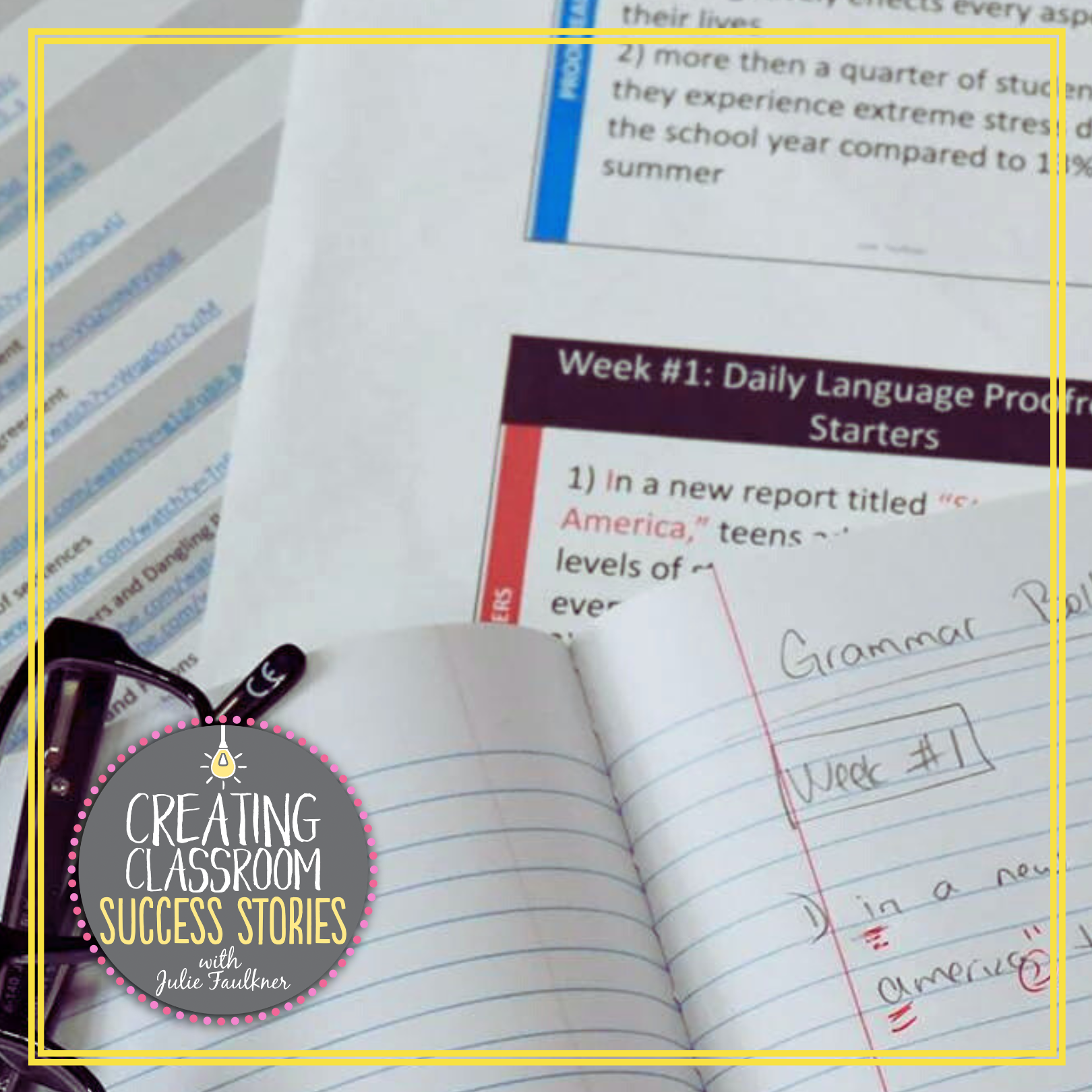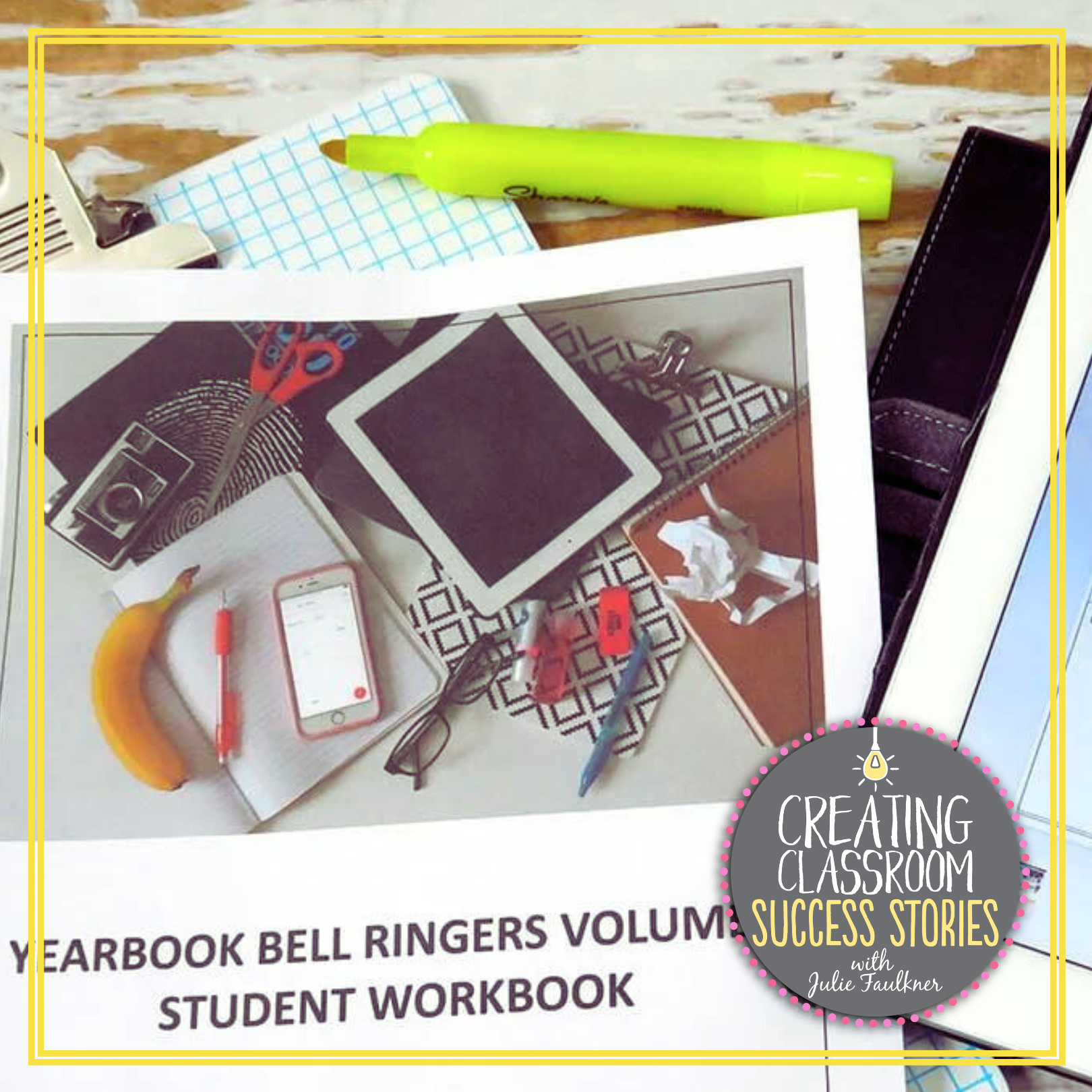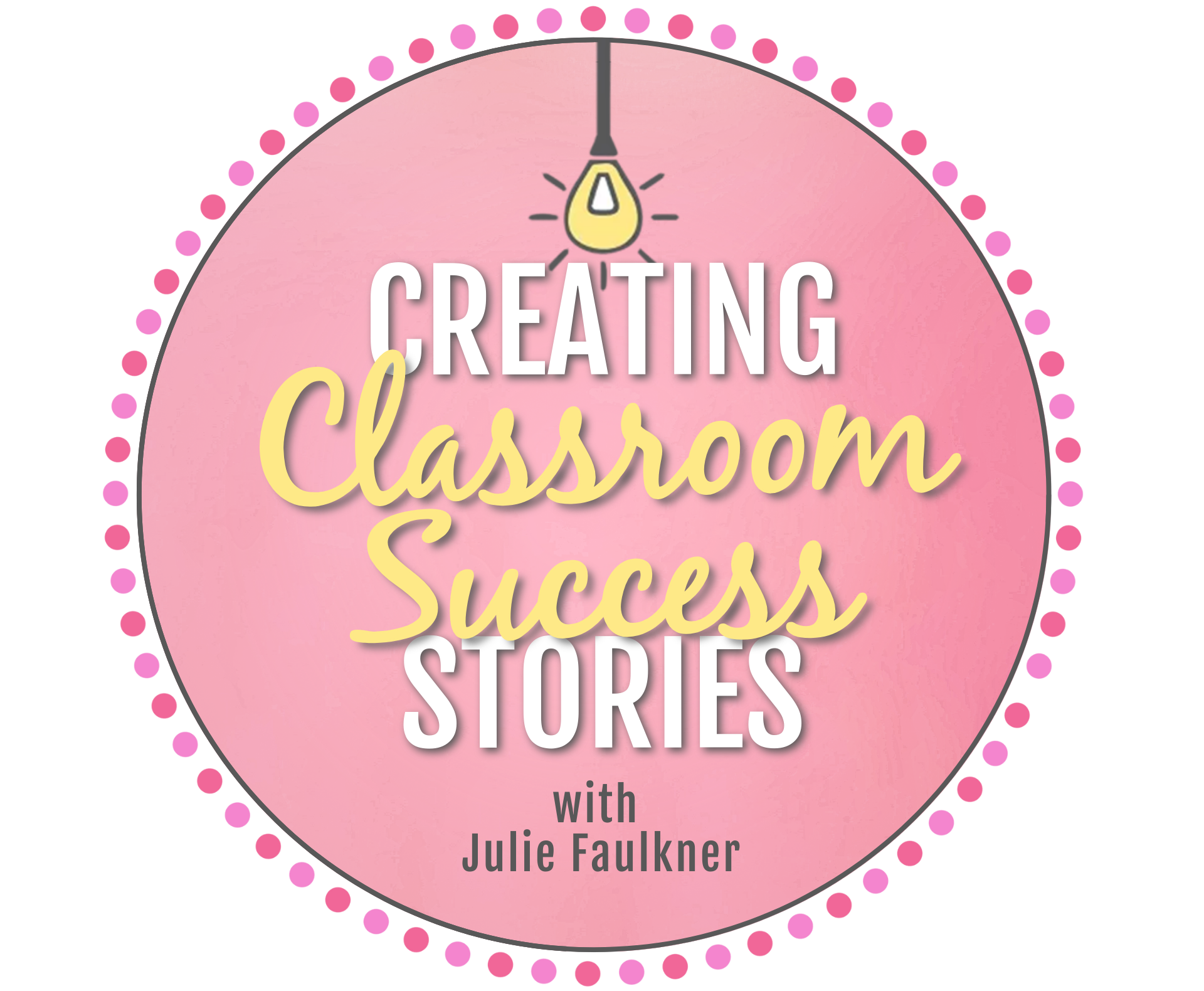Planning the First Week of Yearbook Class
You’ve just been assigned the yearbook, or last year didn’t go so well, and you want your first days plans to be solid, effective, and fun! Does this sound like you? I’ve been there. The first week of school is a whirlwind, but in yearbook class, the first week back to school is even more topsy turvy, to say the least. You might have looked through my Tips for New Advisers post or How to Have a Picture-Perfect Start to the Year posts for adviser-facing suggestions, and you feel good-to-go from that side of things. However, now it’s time to decide what to do when students are walking through the door — AKA planning the first week of yearbook class! When I think about what to do the first week of school in my yearbook class, I try to think of it like one my English classes in some ways, and in other ways, it is completely different! In this blog post, I’ll share my student-facing plans for the first week of yearbook class.
DAY ONE: ICEBREAKERS AND TEAM BUILDING
This first day is all about you getting to know the staff, them getting to know each other, and setting the tone for the environment you want your class to have. Depending on how much time you have in a class period (I have 75 minutes) is what will determine how many of the following activities you would get done on Day One. I do feel they are all necessary “first days” activities, so if you can’t get them all scheduled for the first day, do some the second day.
- I love to start with some sort of team-building exercise: break-out box game, simple ice breaker, building something with crazy supplies.
- Give out a small gift.
- Hand out parent permission forms and equipment contracts and do a strengths/struggles assessment. You can find these materials in my Back-to-School Yearbook Survival Pack.
DAY TWO: PHOTO ASSIGNMENTS
It is never too early to start assigning student beats (also known as specialized reporting where journalists focus on a particular idea, topic, subject, sport, or area over time). We will look at sports schedules and start making calendars and to-do lists to get events and games covered. I will also have students email teachers of their assigned subjects to ask for best times to come in and take pics and ask if the teachers will even be willing to send some. We also begin discussing ladder if there is time. You can read more about Planning a Yearbook Ladder at this post. Materials for planning photo assignments and the ladder are included in my Yearbook Adviser Starter Kit.
DAY THREE: ADVERTISING
If your program earns money by selling ads to businesses or to seniors for senior tributes, go ahead and make ad assignments during the first week. I try to assign past ads and distribute them evenly among staffers. They collect needed info to make calls, and we role play how to actually sell the ads. All the materials for selling ads are in my Yearbook Advertising Complete Teaching Pack.
DAY FOUR AND FIVE: THEME
Developing the theme of the yearbook is one of the best parts but also one of the most challenging parts! So many people have so many good ideas, so you really have to be prepared with a plan and process to find the best one for your book each year. I discuss more about developing a yearbook theme in this video on Instagram. You can also find tools for theme developing in my Yearbook Adviser Starter Kit.
DAY SIX: COVERAGE ASSIGNMENTS & PHOTO PROJECT
Begin daily bell ringers. The bell ringers bring a new level of organization and structure to your class. I have developed two sets of yearbook bell ringers, and you can grab them here. Next, I assign staffers their “families” or groups of students. You can read more about how I do that on my Yearbook Coverage Post. It’s a game changer! Last, it’s time for students to start working on a back-to-school photo project, so they can start getting to know their “families.” All my photo projects can be found in my Yearbook Curriculum.
DAY SEVEN: WORK DAY
At this time, students have several things going: ads, getting to know their “families,” and their photo project. Once they’ve done their bell ringers, they will be working independently. Be sure to set deadlines for each of these and plan time for students to share their project. This is what yearbook is all about – management multiple projects at once to get it all done!
Love this content?
Sign up for my email newsletter with more tips, ideas, success stories, and freebies!


























